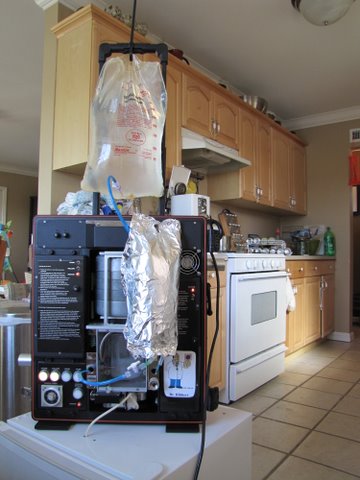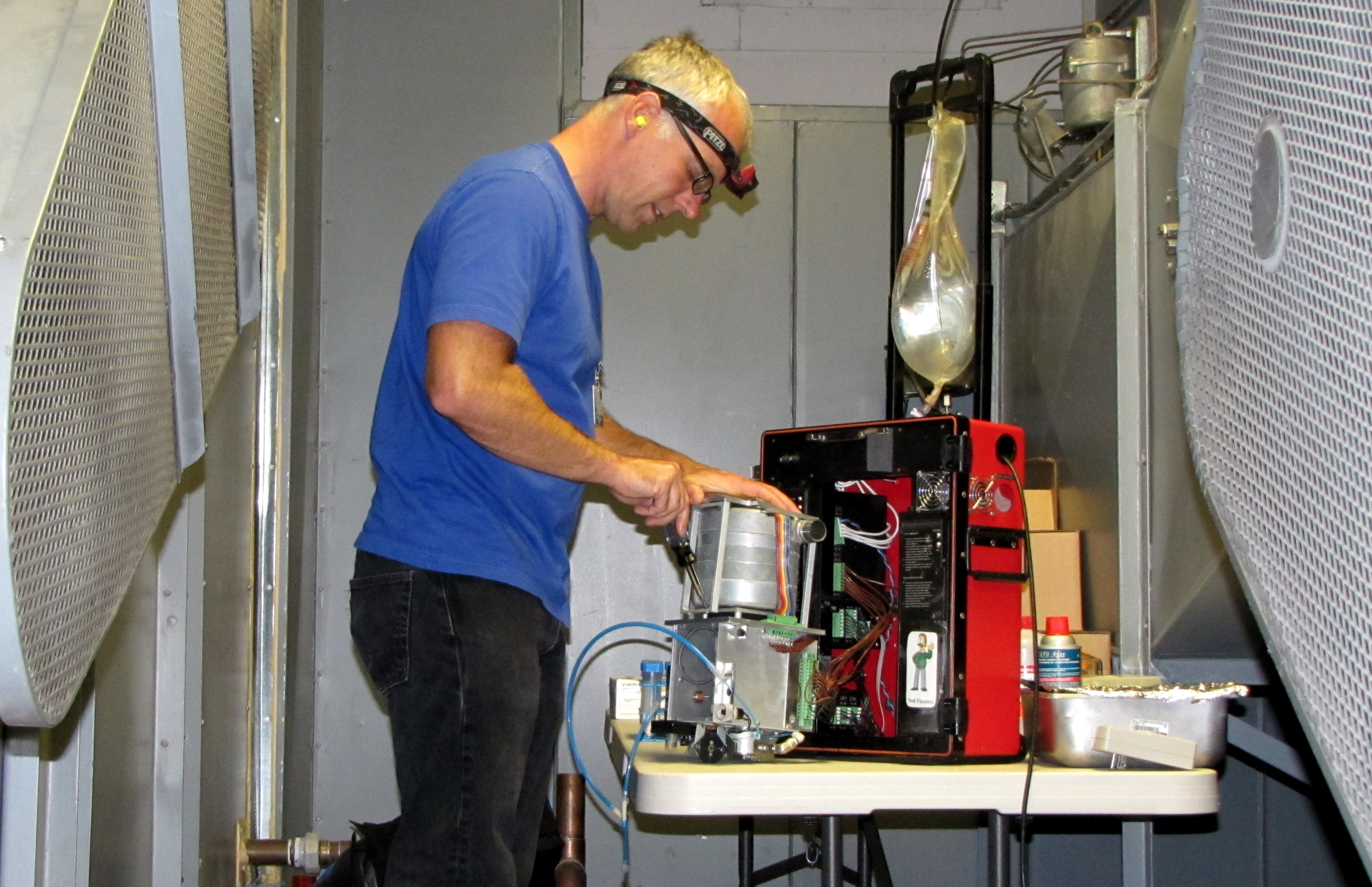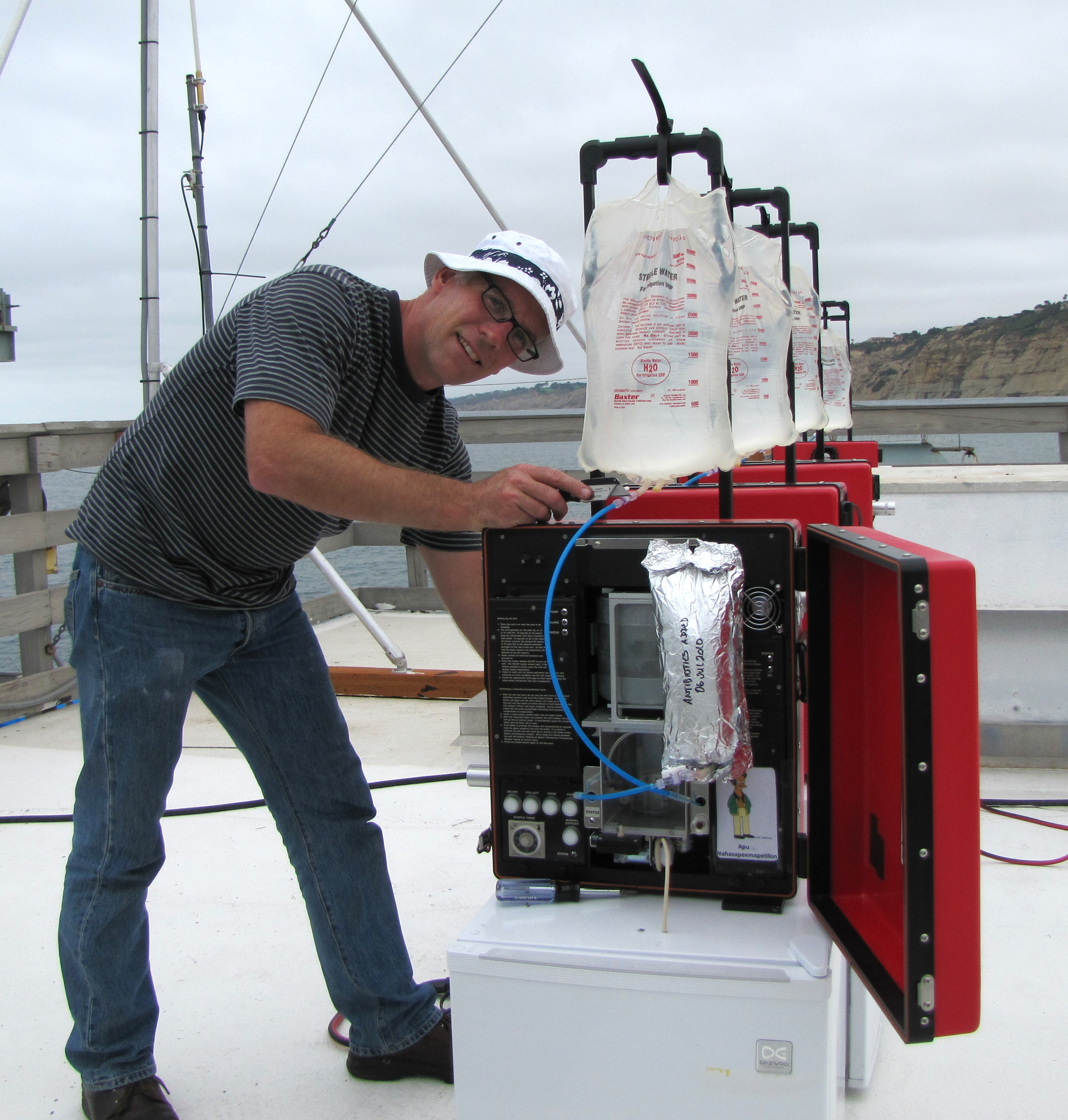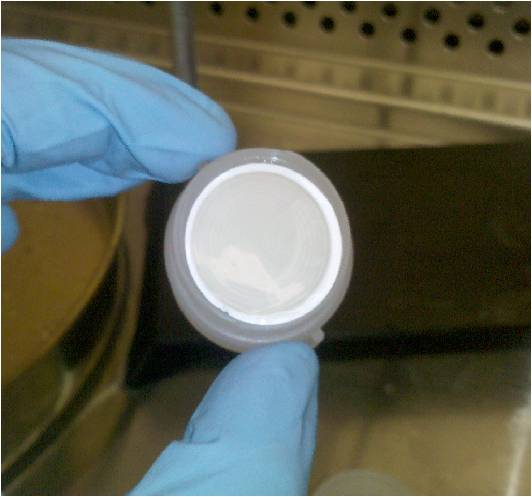Genomics of the Indoor Air Environment

Most of our life is spent in indoors, well-buffered from the constant changes in temperature, humidity, wind and light which shape life outside our homes and offices. It seems intuitive that the types of microorganisms which inhabit our indoor environment must be different from those on the outside; after all, by removing environmental stresses such as UV, dessication and wind, we eliminate selective pressures on populations.We spend 23 hours a day indoors, but we know very little about the types of aerosolized microorganisms we encounter - and inhale - with every breath. It has been postulated that 'everything is everywhere': microbes are widely distributed around the world, with particular environments selecting for population subsets. If that is the case, then are the organisms inhabiting a house different from those in a hospital, school or a downtown high rise? Are cosmopolitan microorganisms simply taking advantage of our climate controlled environment, or are they interested in us in particular, bearing genes for virulence and pathogenicity? And how are indoor microorganisms adapting to our widespread use of antibiotics, antimicrobials and other bacterial control agents?

Through a grant from the Alfred P. Sloan Foundation, the J. Craig Venter Institute is developing new tools and techniques to examine the composition of microbial populations in the indoor air environment. As many of these organisms are resistant to cultivation, our approach is modeled on the techniques developed during the Global Ocean Sampling (GOS) Expedition, namely the shotgun sequencing of bulk DNA to generate a genomic snapshot, or metagenome, of the indoor air environment. A fundamental difference with the GOS expedition is that of scale: a milliliter of open ocean seawater may contain 10,000 microorganisms or more, so filtering a few hundred liters of seawater will often capture enough DNA to construct a high quality random shotgun library for sequencing. Microbial density in the air is quite different: aerosolized bacteria counts for outdoor air are closer to 10,000 per cubic meter, meaning that a given volume of air contains a million times less organisms than an equivalent volume of seawater.

An additional issue is in collection efficiency. The collection efficiency of most cyclone-style air samplers is usually less than 100% - this is especially true as the particle size drops below 1 micron in size. As aerosolized bacteria are often small and dessicated, this efficiency becomes a problem, and air samplers have to be run for days at a time to collect sufficient DNA for sequencing. These long collection times lead to problems with growth and contamination. Our air samplers are wet-cyclone Spin-Con concentrators, and to prevent bacteria from growing inside the collection chamber, we add a number of bacteriostatic compounds to keep the organisms from multiplying in the collection liquid and skewing our population data. We have also programmed our collectors to dispense the collected sample into a refrigerated vessel containing additional growth inhibitors, and this is done every 2 hours. Lastly, we completely clean or replace almost of the tubing and parts on a daily basis - we do this to reduce the chance of biofilms forming inside any of the tubing or collection chambers. Air sampling is a labor intensive process, but the results have been relatively clean and diverse samples reflecting the actual microbial composition of the air environment.

Our original dataset was from a high-rise in mid-town Manhattan, where we collected air from an air mixing room over 20 floors up. Both indoor and outdoor air samples were collected, and these samples form a baseline of data for much of the sampling we are currently conducting in California. The air in New York City generally arrives from the west, so in addition to its urban signature, it also contains soil, dust and pollen from an entire continent. In San Diego, the predominant winds are from the Pacific, and we suspect that there will be a strong marine component to populations of microorganisms in both indoor and outdoor environments. To determine this baseline, we set up an array of samplers at the end of the 1,000 foot long research pier at Scripps Institution of Oceanography. These samplers ran for five days, and aside from an osprey menacing the water bags, we were able to collect relatively clean marine air prior to being influenced by the terrestrial environment.

As can be seen in the pictures accompanying this blog, we have samples in home and a medical center, and we plan to sample in a school and an office building. Each of these indoor environments is unique, and some of the sites are ten miles inland, and we are interested to see how the marine microbial component in the air attenuates with distance. We run multiple machines in parallel for several days, and produce two liters of collected liquid, which we then process and concentrate before we attempt to isolate the DNA. We have noticed that many of the organisms are associated with particles, so we use surfactants and mild physical techniques to de-aggregate the microbes prior to filtration, and we have found that this increases our yield of DNA substantially.

After the sample has been deaggregated, we pass the liquid through sequential 3.0 and 0.1 micron filters in order to fractionate the sample. Larger material, particulalry fungal spores, pollen and eukaryotic cells, tend to get trapped on the 3.0 filter, leaving more bacteria on the 0.1 micron filter. Any material which passes through the 0.1 micron filter is generally viruses and very small particulates - these too will be sequenced. An example of the quantity of material on a 0.1 micron filter can be seen in the picture on the left - it is surprising just how 'clean' 5 million liters of air is!. In posts to come we will describe more on how we get from filters to DNA and on to libraries, as well as share some of our preliminary results --- so stay tuned!